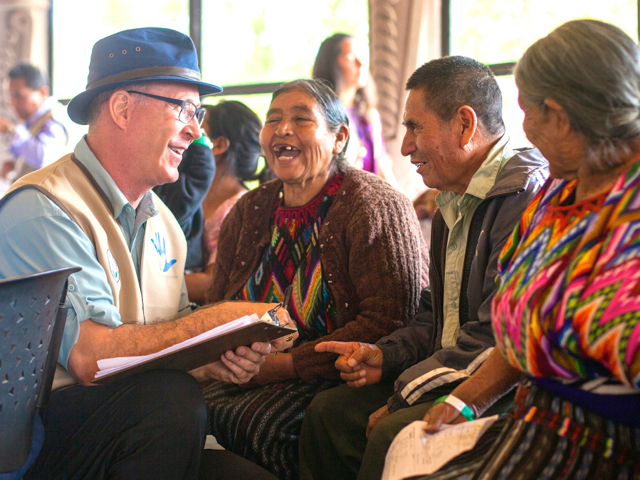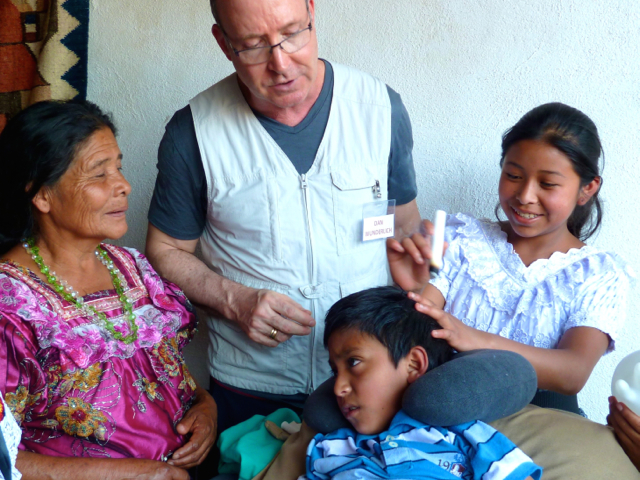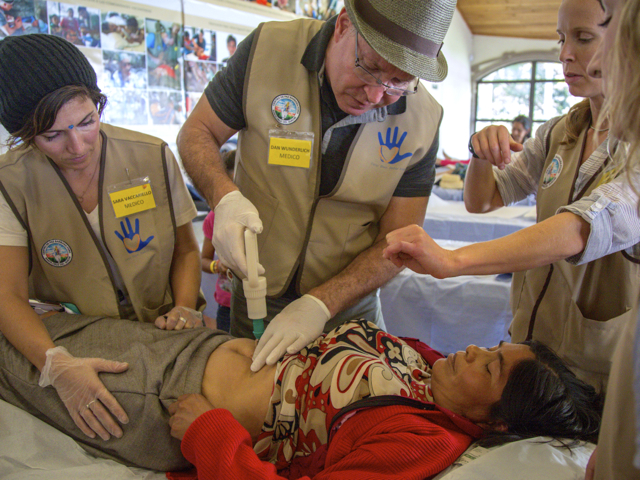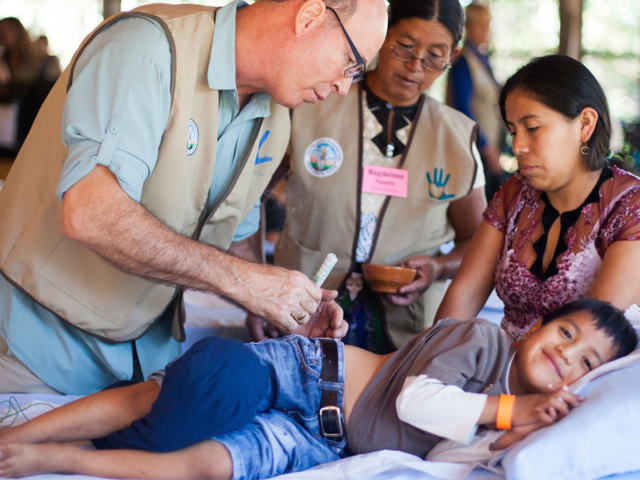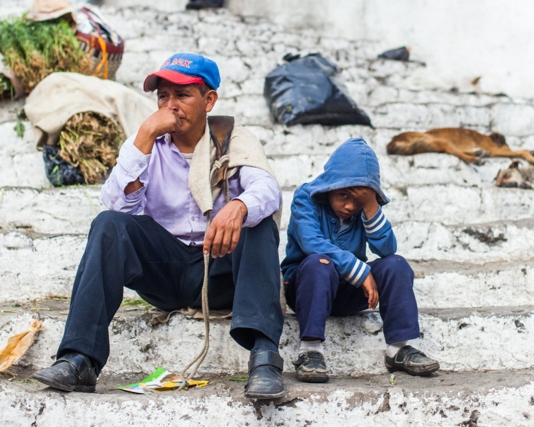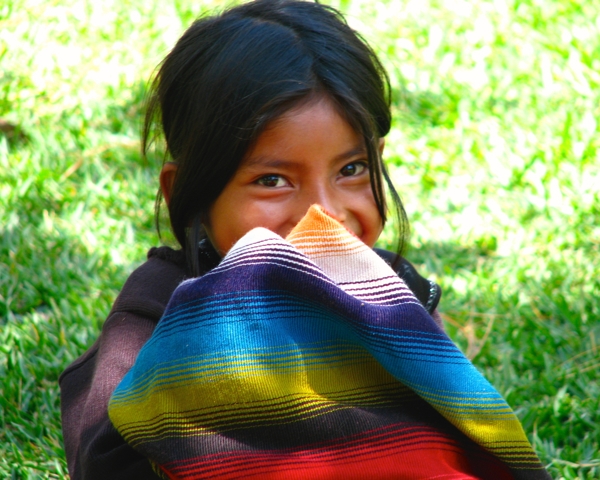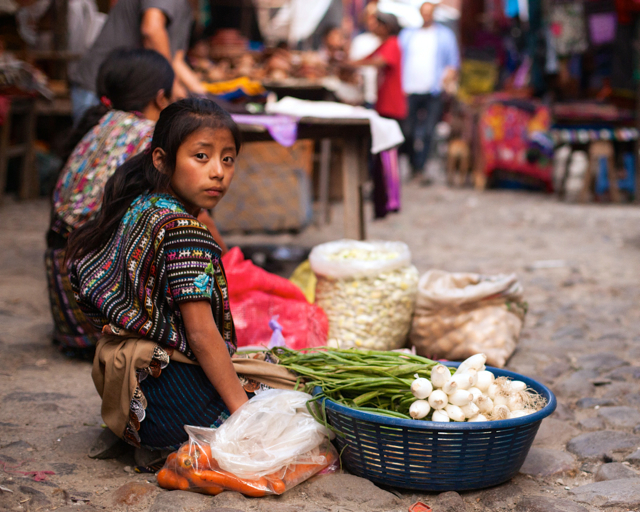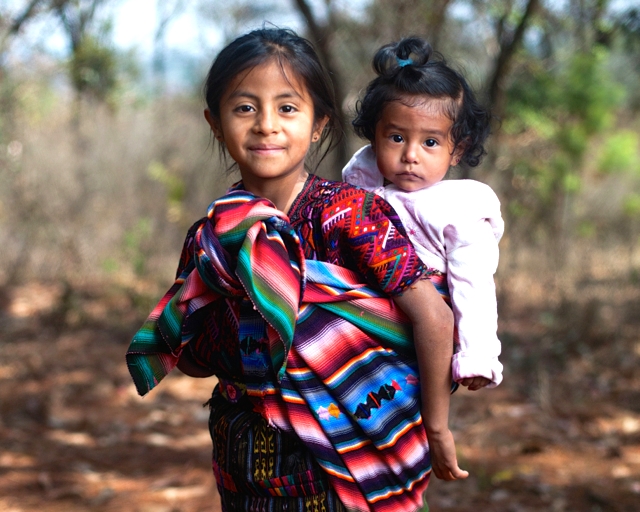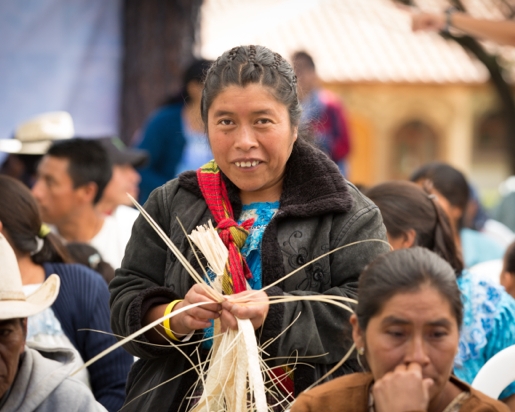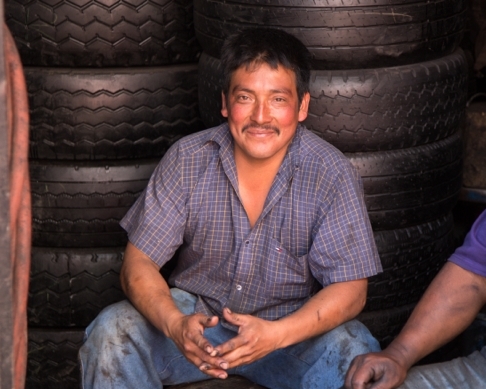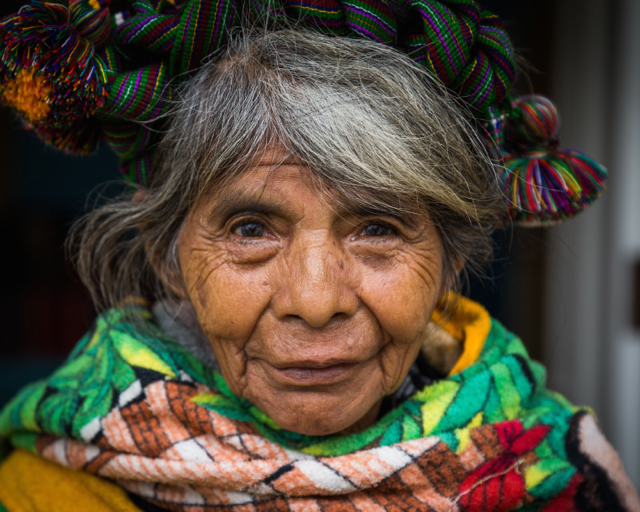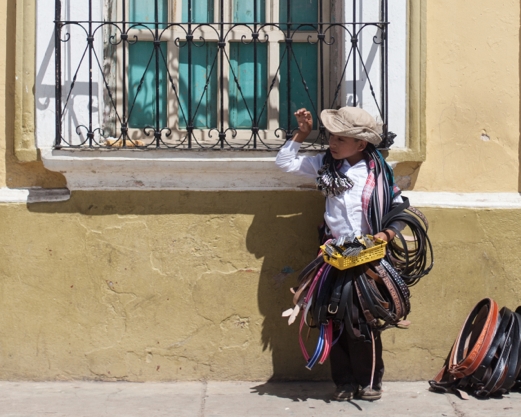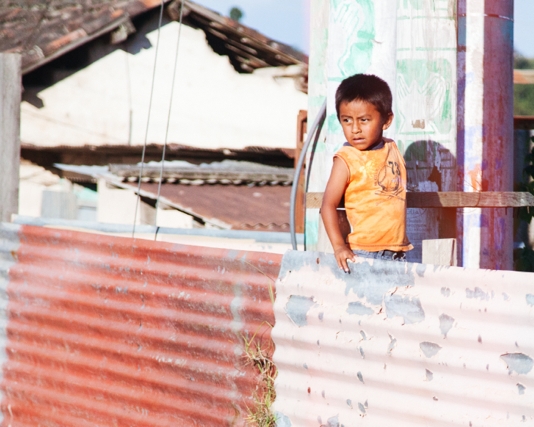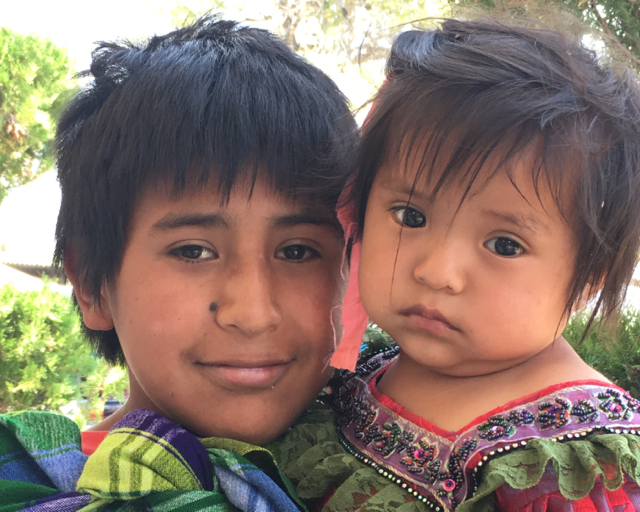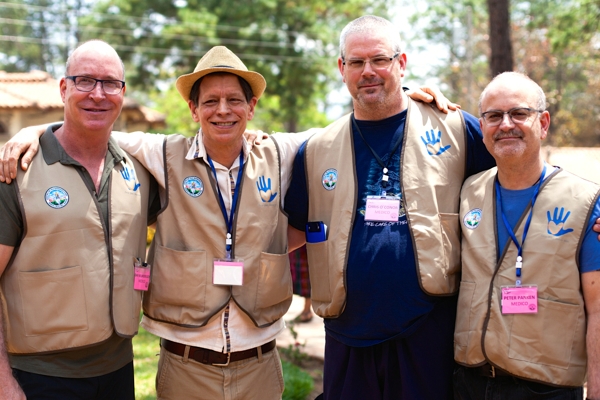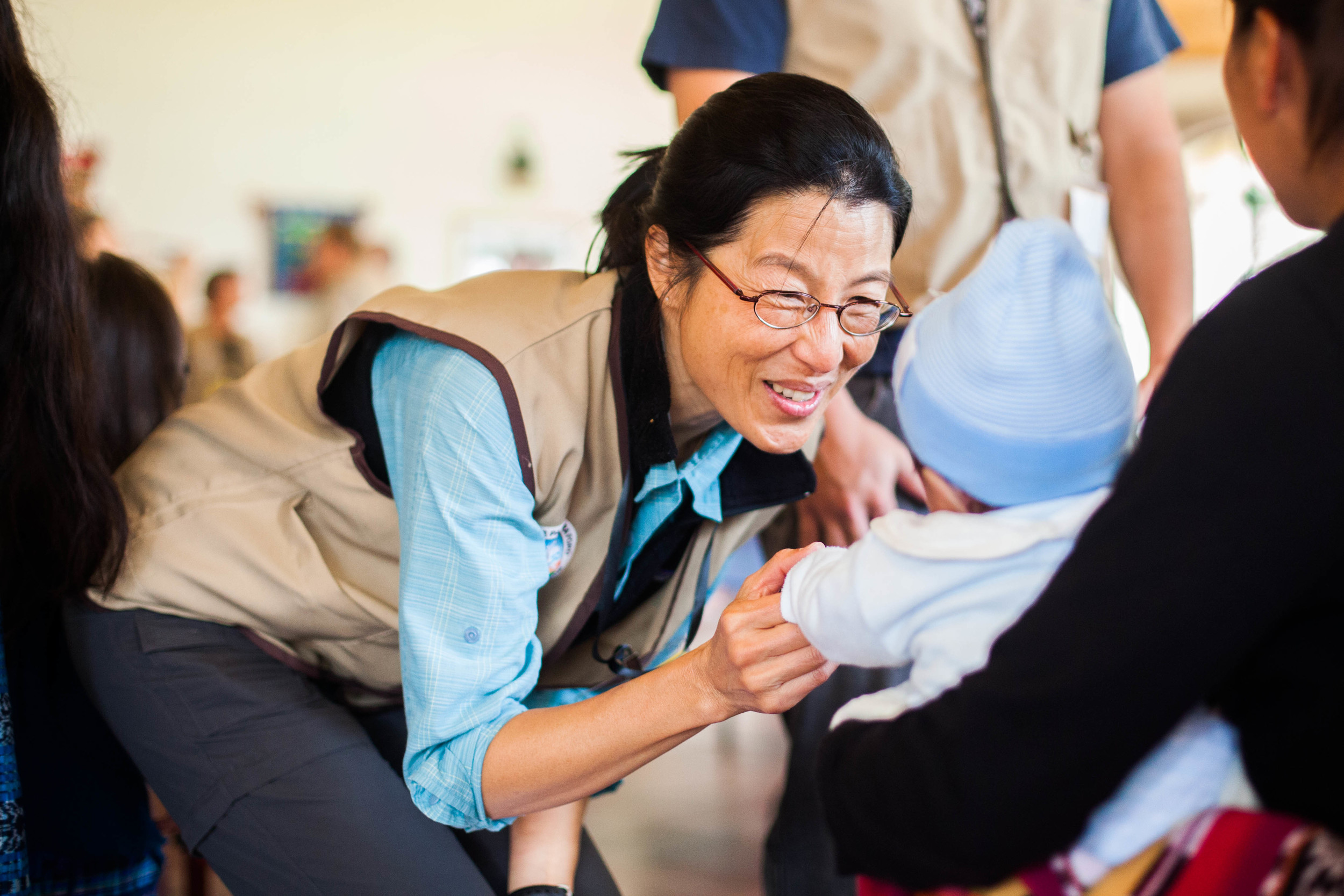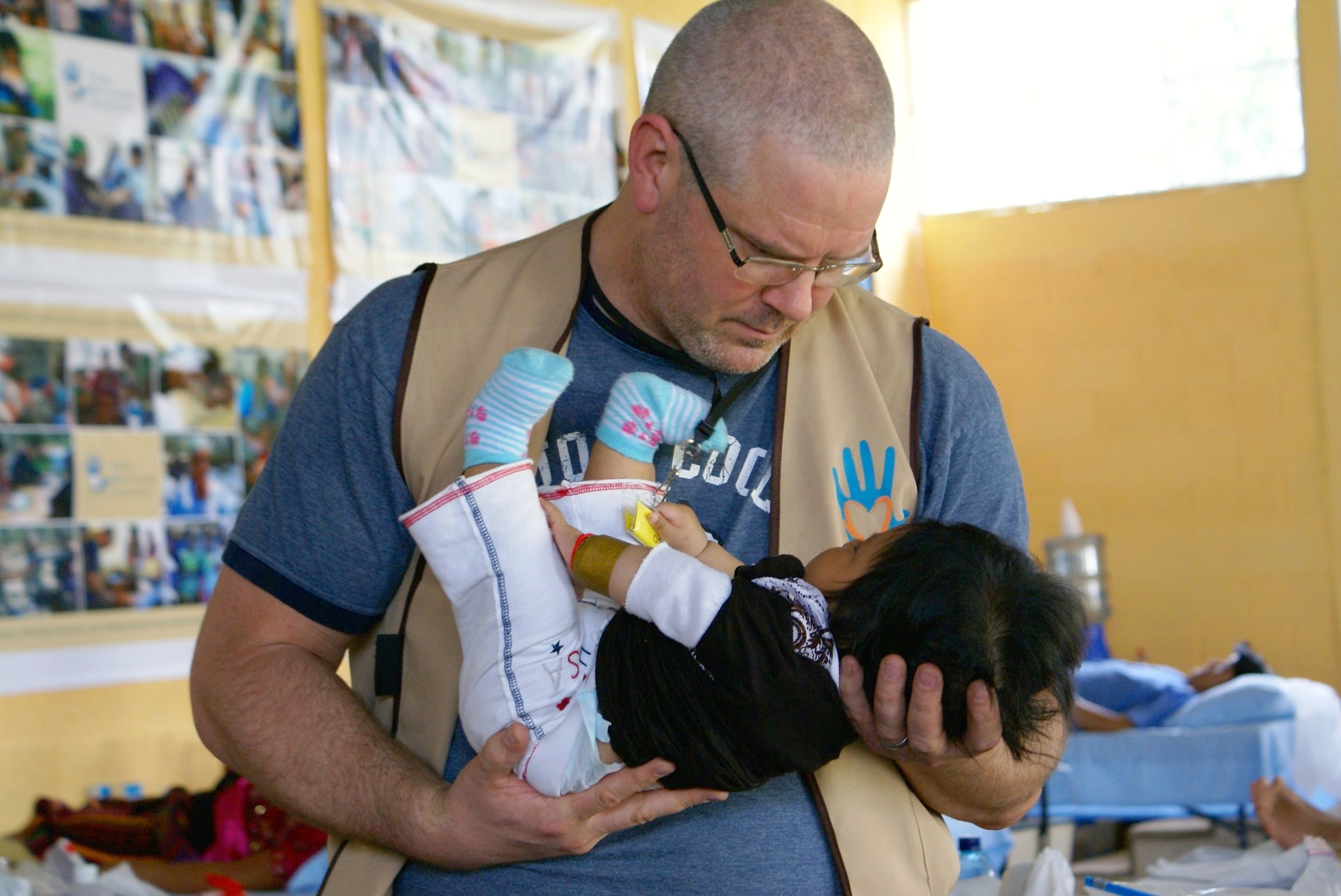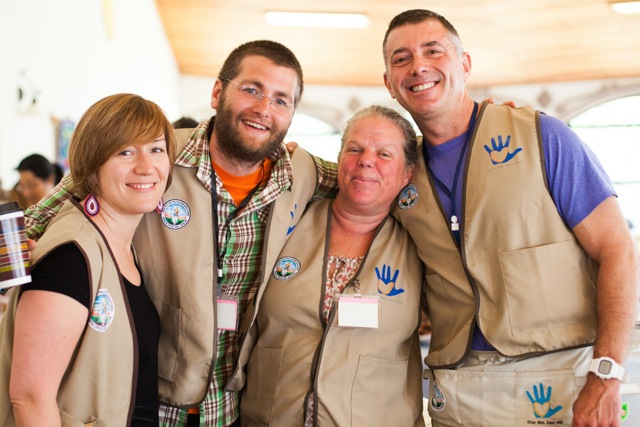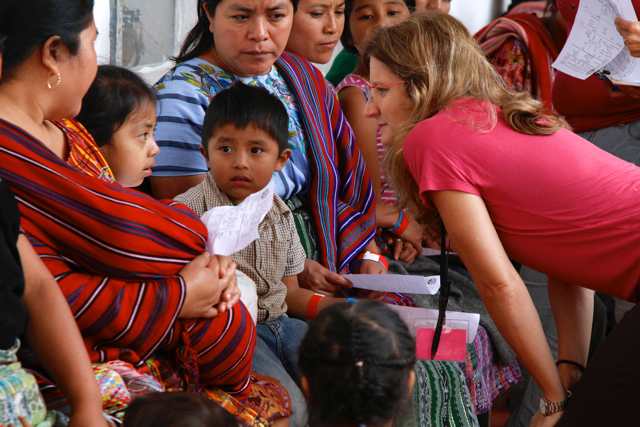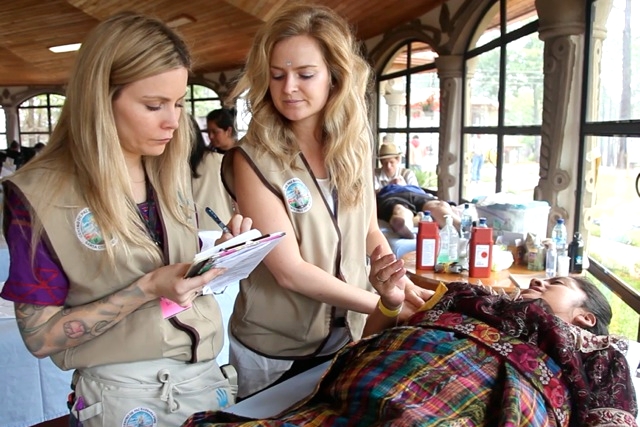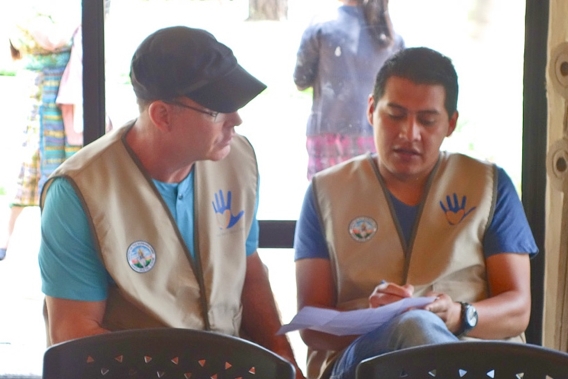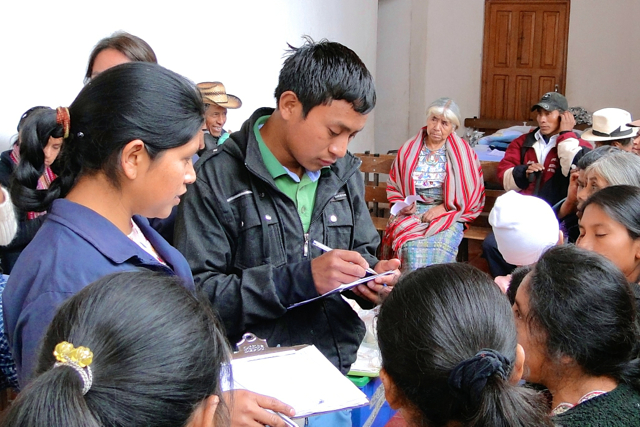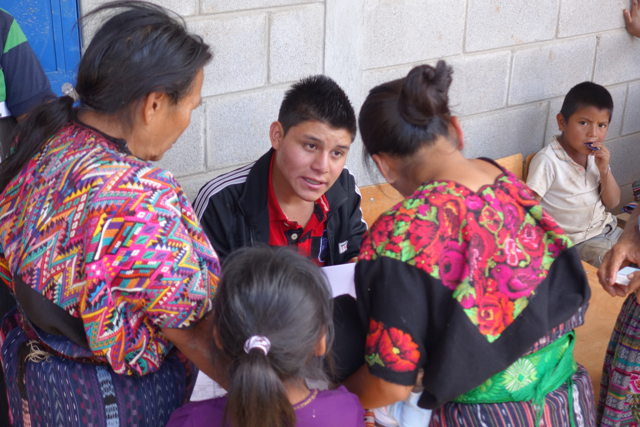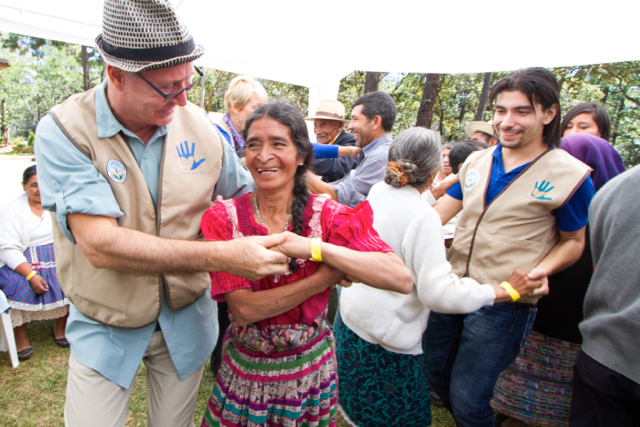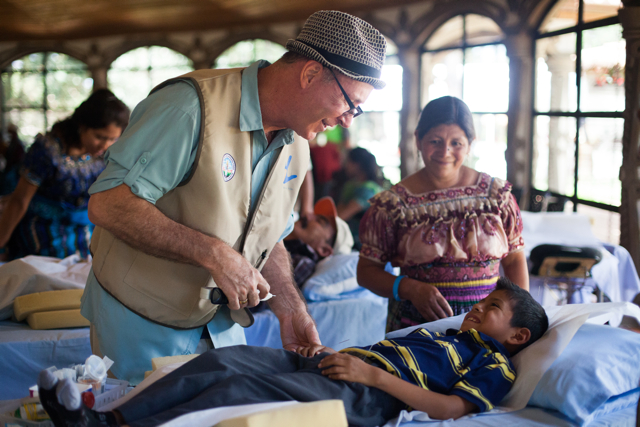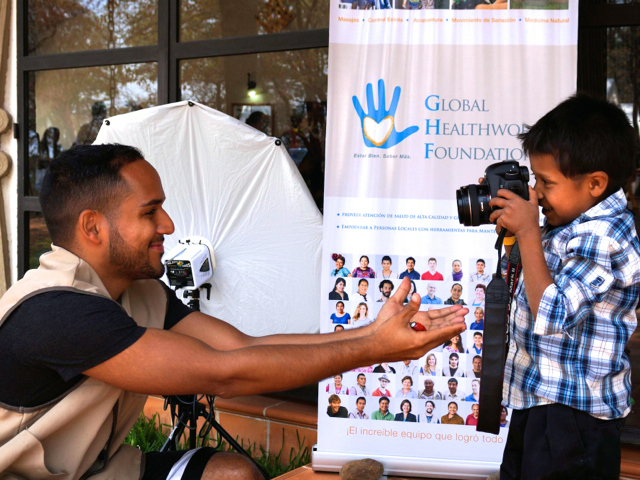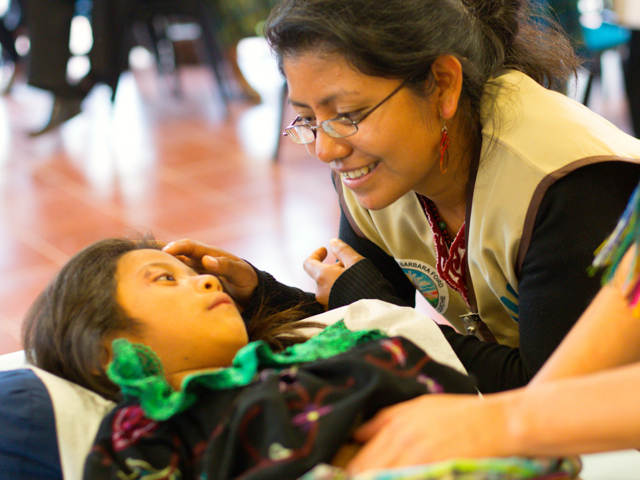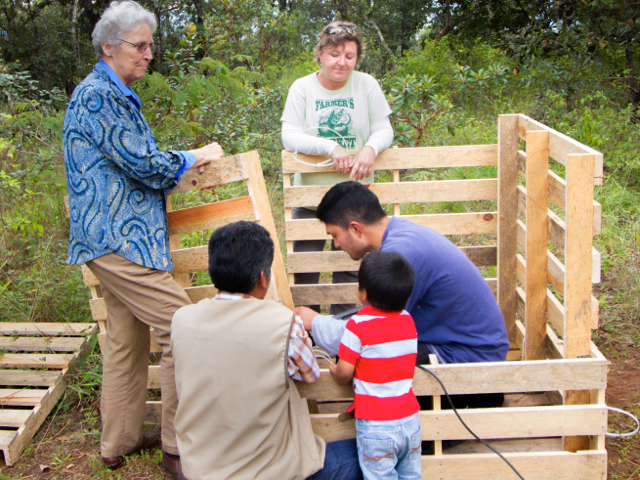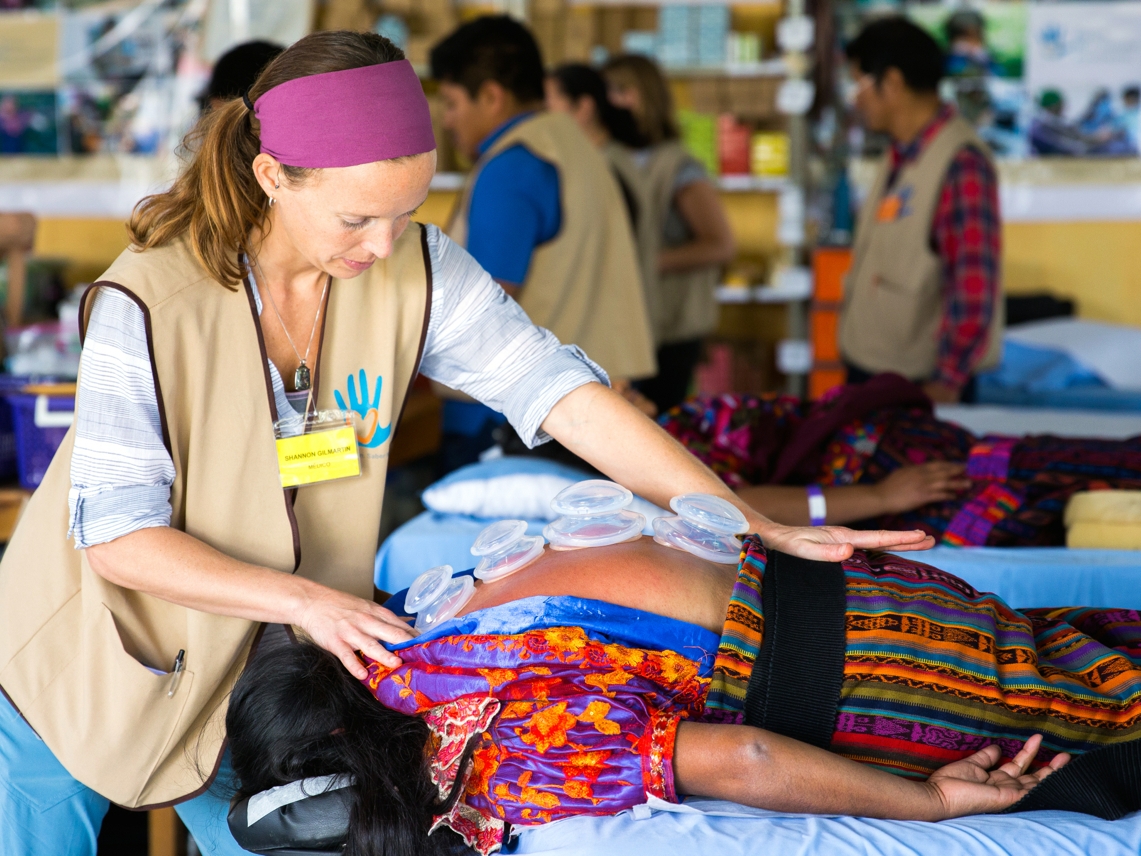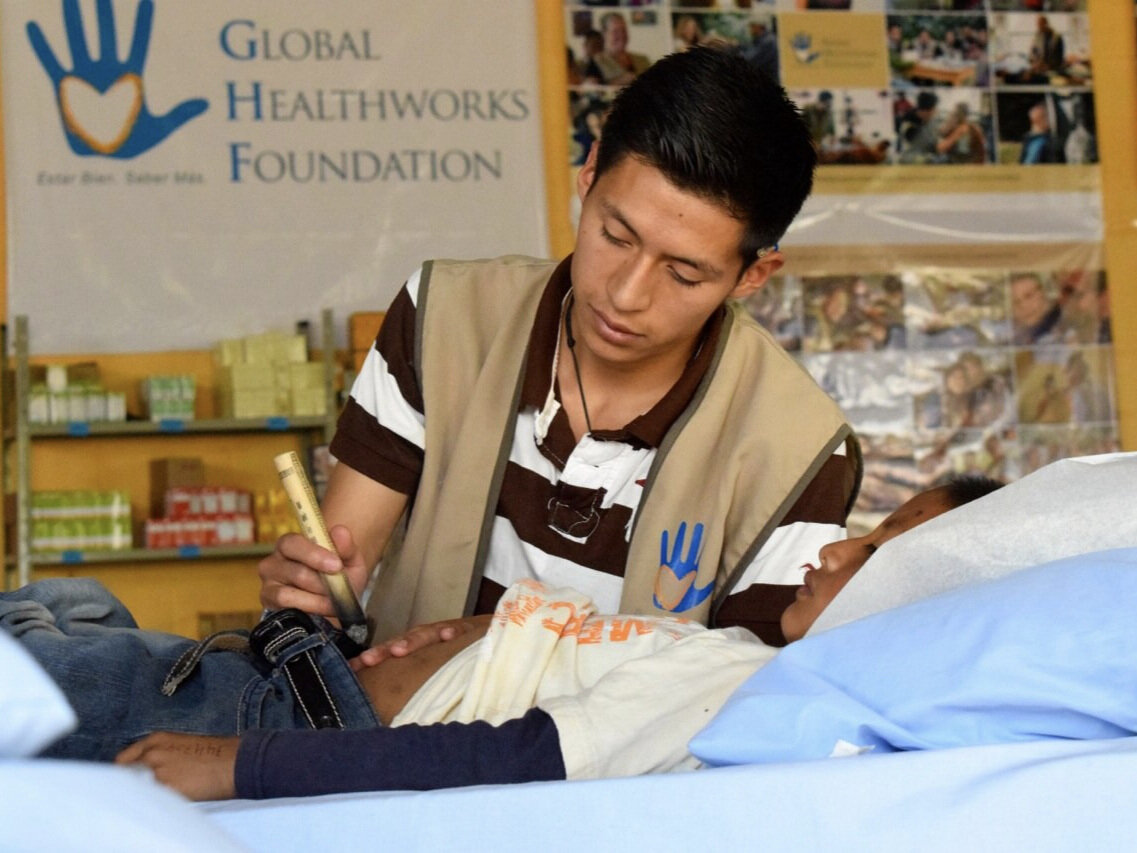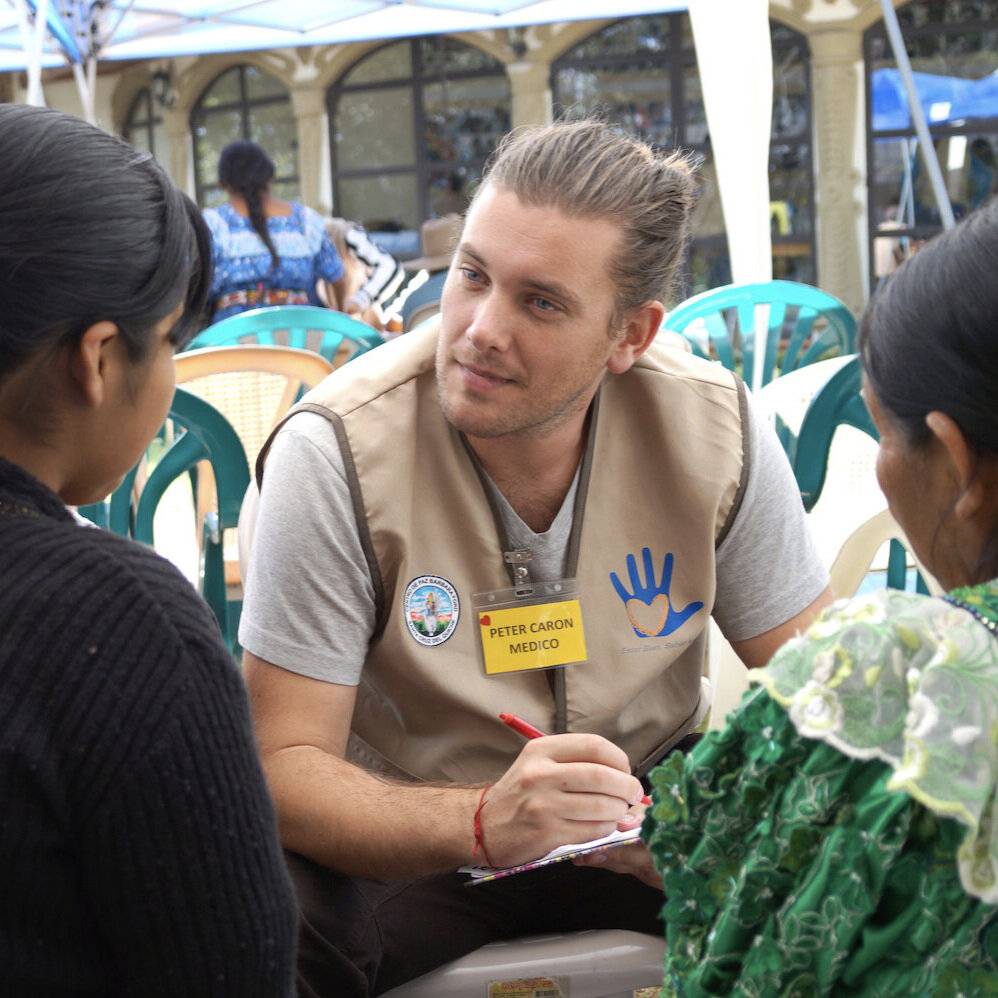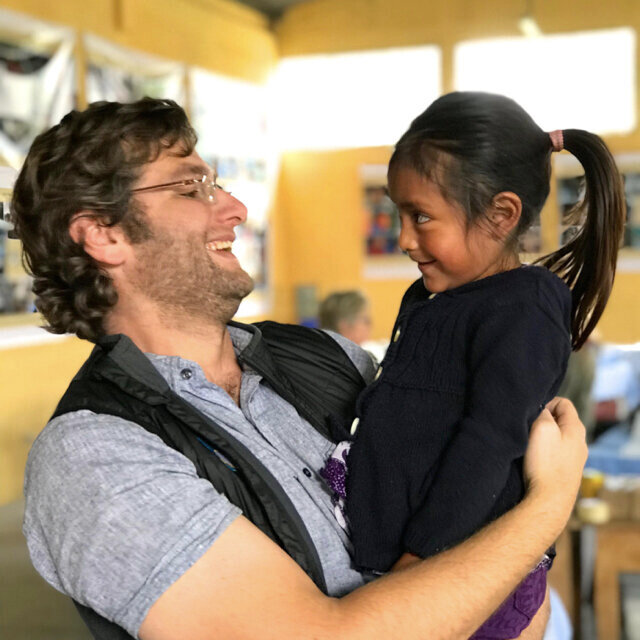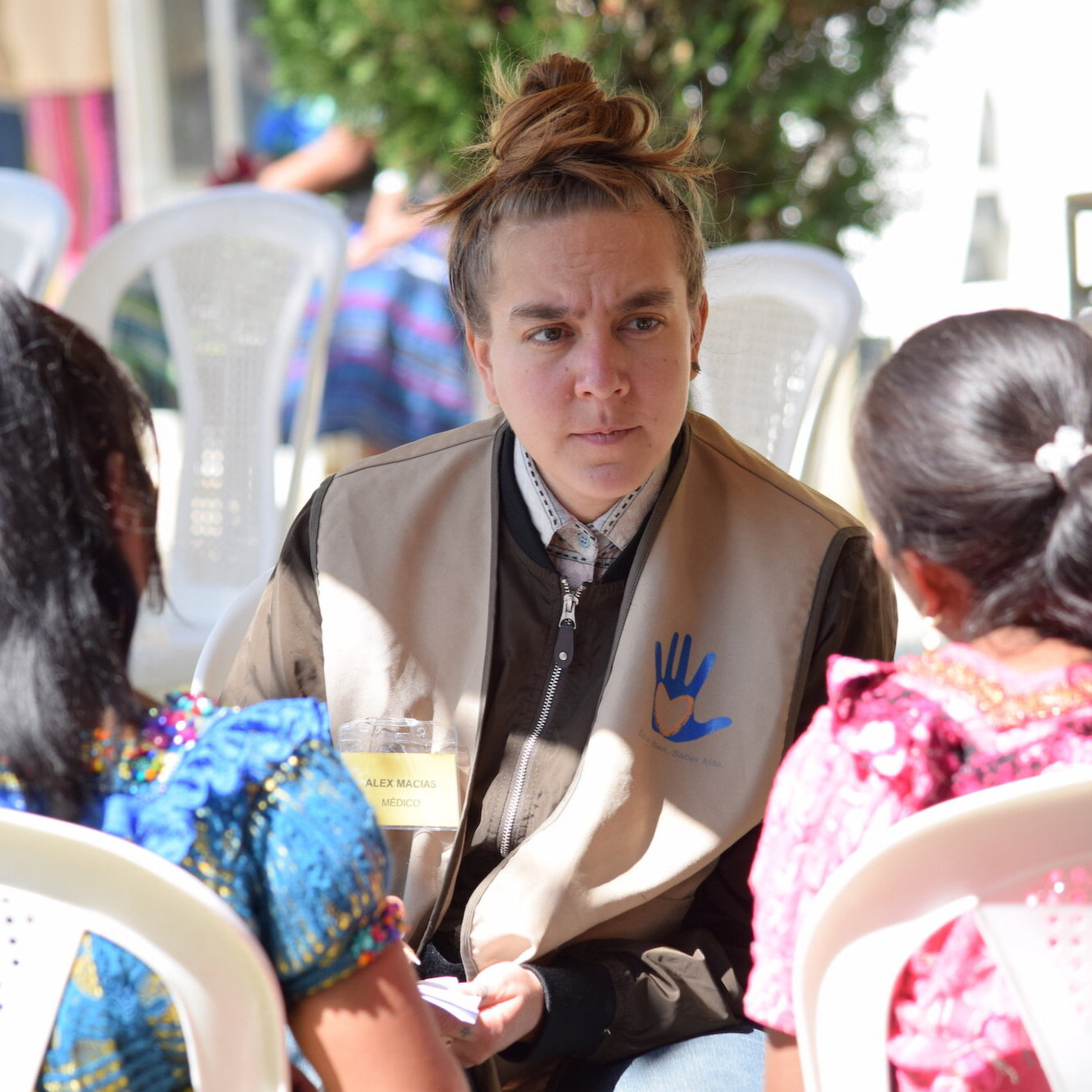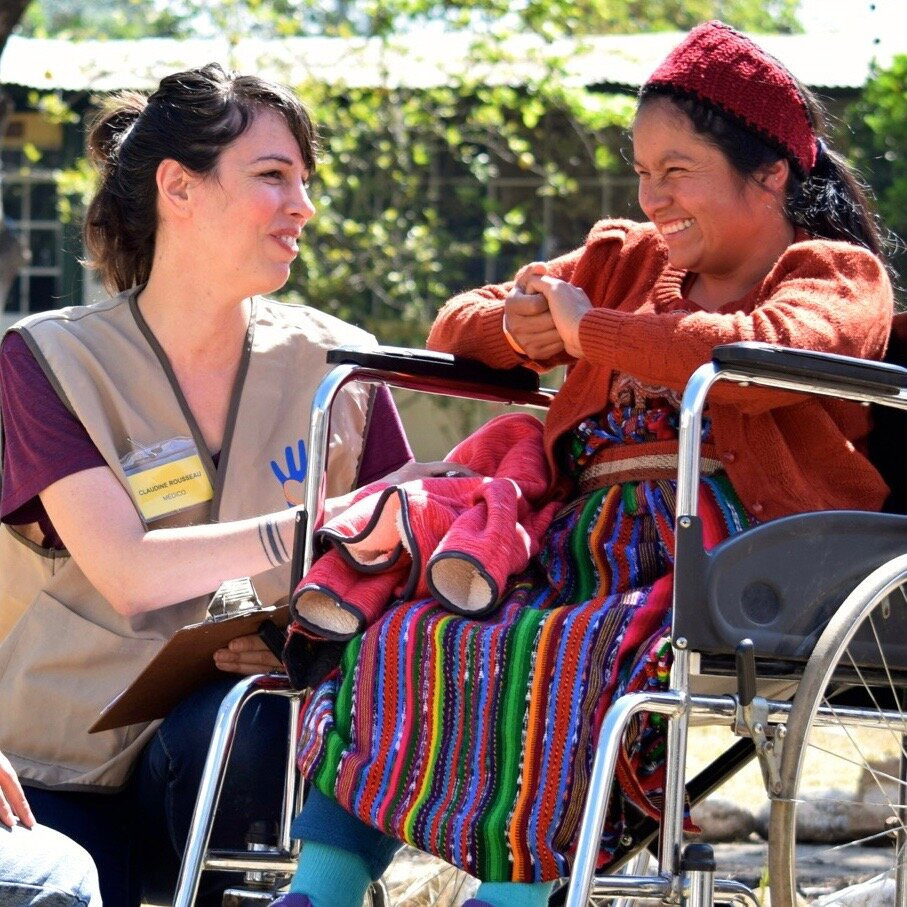Getting to Know GHF Founder & Executive Director Dan Wunderlich
Dan Wunderlich is Founder and Executive Director of Global Healthworks Foundation. Since 2007 he has led regular teams of volunteer practitioners on humanitarian outreach projects in underserved communities in Indonesia, Nepal, and Guatemala. He also volunteers in New York-based community clinics treating war veterans, recovery patients, and people living with HIV/AIDS (PLWHAs). In addition to his outreach work, Dan maintains his own holistic medical practice in his home of New York City. Read more about the influence of Dan’s early outreach efforts on GHF, the Foundation's goals, and what lies ahead.
◆ How did you first get involved with outreach work?
I first got involved with outreach after the 9/11 terrorist attacks on the World Trade Center. I knew I had some skills that could be useful for the rescue and recovery workers, and I had access to Ground Zero because my twin brother was a New York City fireman. My sister Terése and I went down on September 12th with massage tables and started offering bodywork to the rescue workers. We ended up coordinating the entire massage and chiropractic effort in one of the American Red Cross Ground Zero respite centers for four months. Many New Yorkers at the time had the mind-set of “What can I do to help?” I was lucky enough to find an outlet for that need. I saw the rescue workers’ grateful reactions and witnessed firsthand how the power of simply engaging with someone with kindness and compassion—if even just for twenty minutes—can soothe an exhausted or traumatized soul. In the trenches of grief and suffering, I saw how our local outreach work had a ripple effect that helped sustain the overall relief efforts. That’s when I knew I wanted to do more of this.
Fast-forward a couple of years, and somewhat serendipitously, one of my teachers had been doing outreach work in communities affected by natural disasters. We both realized that with Chinese medicine you are able to treat a lot of things in places that are challenging because of location, disaster effects, poverty, et cetera. We began to teach acupuncturists other skills to complement what we normally learn in school, so that we could work with populations with limited access to healthcare. We traveled together to Indonesia and Nepal to do just that. Not too long after, I found myself continuing the same type of medical outreach first in New York City and later in Central America.
There’s such a big need for healthcare services both locally and abroad, and I see this work as almost an obligation for healthcare professionals. We have special skills. Let’s use them to help others. I’m happy to model ways for health practitioners to do that. I do this outreach work because I want to. I’m not looking for accolades or anything special in return. But what you give will come back to you tenfold. I promise you that.
When I was thinking about creating this nonprofit entity, eventually called Global Healthworks Foundation (GHF), and I got excited about the medical outreach work my teams would be doing, I had visions not only of the medical outreach part, but in order to make it sustainable, of the teaching component. Both medical outreach and teaching became important facets, so the phrase ‘reach and teach' kept popping into my head. Our aim is to go where we’re most needed, treat patients, and teach local healthcare workers so they can continue to treat after we’re gone. The logo that seems to best capture the two main aspects of our work is, “Be Well. Know More.” That’s been the driving message for what we have done ever since.
"A single underlying principle guides GHF: We are all united in our humanity."
To summarize, “Be Well. Know More.” speaks to the goals of GHF, which are to promote humanitarian outreach and connection with patients across countries, cultures, and languages, as well as to teach local practitioners, youth, and volunteers new skills so that they can continue to heal their own communities. Beyond that, we also bring students from North America on these trips so they can contribute and also learn more about acupuncture, bodywork and natural herbal remedies. These learning opportunities help to improve their own practice and the outreach work they may do in their own local communities.
A single underlying principle guides GHF: We are all united in our humanity. We’re one big family; you’re my brother, my sister, regardless of where you come from. We demonstrate kindness to each other, we help each other, and we reap the benefits together.
◆ Why Guatemala?
People ask me this question a lot. It began coincidentally, I guess. Another practitioner asked me to join her in Guatemala for a jornada-type trip. I met an awesome group of local health promoters who had very similar objectives, so it was easy for us to collaborate together. It was a no-brainer.
Once you go to Guatemala, you can’t help but go back. That’s obvious in all the repeat volunteers we bring down twice a year. What we have learned about Guatemala, and about the most populous state of the country, El Quiché, is that there is an incredible need for our healthcare services. It is a region where the civil war battles in the 1980s took the greatest human toll. The government-initiated conflict known as a “Scorched Earth Policy” took the lives of nearly two hundred thousand indigenous Mayans.
Still today, marginalized groups who are among the poorest of the poor—indigenous, youth, women— vulnerably bear the brunt of high levels of violent crime, civil unrest, and injustice. And, as one might expect, this traumatic history has resulted in a population with epidemic post-traumatic stress disorders. PTSD is the underlying factor in almost all of the patients we treat.
The typical life in these regions is harsh, with many people living as subsistence farmers, often with poor diets, limited access to clean water, and regular exposure to challenging environmental conditions. This has led to the majority of the population suffering from chronic physical pain and diseases like diabetes, hepatitis, asthma, bronchitis, parasites, and childhood nutritional deficits.
Beyond seeing these incredible needs, I have become close with the people I work with and treat in Quiché. Every year, our systems for training and delivering quality care improve. This year, we were able to see hundreds more patients at a quicker rate, while still providing high quality treatments. It’s exciting to see how we will continue to grow in future years. Plus, somewhat selfishly, I love being able to improve my Spanish and this work provides a great opportunity to do so.
◆ How would you describe the sustainability aspects of GHF’s healthcare delivery model?
GHF’s healthcare model is unique both because of the range of services offered and the manner in which our team delivers those services. The guiding principles of this model are as follows: First, we engage local partners with existing networks to aid in identifying communities in need of outreach services. Secondly, our services are very comprehensive. Full, multi-modality treatments (including acupuncture, therapeutic massage, natural herbal medicine, Reiki-energy healing, and special body movement exercises) are offered to children, young adults, and older adults at our bi-annual jornada medical missions.
The Incredible Mobile Clinic Team That Makes It All Happen!
The focus of the these medical missions is two-fold. Of course, we treat a large number of patients in need of healthcare services. But, just as important, and thinking in terms of sustainability, we leverage the jornada to train local health promoters and involve youth and young adults in our Quiché-based activities to ensure the prolonged impact of our work. That is, we think beyond immediate treatment and service delivery by planning for the sustainability of our programs.
Finally, in between our larger medical missions, our permanent supervised mobile clinic provides continued treatments in the communities of our local health promoters, with these promoters assisting with all key aspects of the treatments. This delivery model furthers our patients’ healing processes and GHF’s connection with local communities.
◆ GHF also helps run a free acupuncture clinic in New York City. How do the NYC and Guatemala projects connect and fulfill the foundation's overarching mission and vision?
Both our NYC-based clinic and Quiché jornadas offer free acupuncture, Reiki energy healing, and therapeutic bodywork to populations who are considered medically underserved—either because of geographic location, social or economic conditions, or a political situation. In Guatemala, it’s all of the above. But you don’t have to travel thousands of miles to reach populations in need. That’s an important message GHF promotes. There’s so much need right in our own backyard. Peter Panken and Geordie Numata, GHF volunteers, helped start the NYC clinic some years ago, and I’ve begun to help them more directly.
The populations we serve in New York City may have different backgrounds from the indigenous communities of Guatemala, but they are all considered underserved. They’re war veterans coming back with PTSD; they’re people living with HIV/AIDS; they’re people who just got out of prison; or people who have addictions and are in recovery. But really, even though the New York City clinic began as a way to help those in recovery, you don’t have to be a person in those populations to be treated. Anyone can receive treatment. Everyone’s recovering from something. And that’s true anywhere you go—Indonesia, Nepal, Guatemala, the United States, wherever.
“The first thing that comes to mind when I think of my team is how grateful I am to be working with a group of such special, special people.”
The first thing that comes to mind when I think of my team is how grateful I am to be working with a group of such special, special people. Every single one of them has an incredible skill set. But beyond that, and maybe more importantly, what makes them truly special is their desire and willingness to share their abilities to help serve others. It comes from the heart.
In addition to that, when gathering our group, I look for someone who is unselfish, someone who will take initiative and be a team player and do whatever it takes to get the job done. Many of our team members are also interested in continuous learning. They want to learn more so they can do more. They’re all people who are looking to take their skills to a deeper level in the context of being able to help others.
Every jornada, I look at how my team interacts with patients and am struck by the way everyone is impacted by the experience. Our volunteers and staff wear their hearts on their sleeves and the patients know it. Our patients experience what heartfelt, high quality care truly feels like. It’s a beautiful thing.
◆ Were there any particularly meaningful or memorable stories that you’ve brought back from recent jornadas?
There are just so many! One of the most memorable things for me is seeing local youth like Juanito and Juan José commit themselves to bettering their community. They are young men who want to change the role of the male in Guatemala. I smile with pride every time they endearingly help elderly people off the treatment table, or lead a body movement exercise class, or talk to a crowd of people, explaining the importance of cleaning their hands or drinking clean water. They’re confident, young leaders making a real difference in their local communities..
The female self-defense workshop that Terése teaches is always memorable. The high rate of abuse against indigenous Mayan women is heartbreaking–with a staggering number of incidents of domestic violence, incest and rape. So her class, which includes useful martial arts moves and other basic techniques, is a welcome addition for the women who attend the jornada. I have such a big smile and goose bumps every time I think of the loud cheers coming from Terése’s training room. The noise grows particularly strong when one of the tiny quichelense woman figures out how to hook her foot around her attacker’s ankle and flip “him”–our team’s volunteer “bad guy”–over her shoulder and onto his back! Terese’s dedication to sharing her knowledge with the local women is truly inspiring.
We see incredibly high rates of post-traumatic stress in these female patients. Beyond helping their physical and emotional issues, both our male and female clinicians establish relationships with them that may be different from what they experience at home. Not all men are violent in Guatemala. But many of the women have been abused at one point in their lives. I’ve seen them respond positively to our male practitioners and feel safe with them, despite their previous experiences with men.
And on just about every I trip, everyone gets very excited remembering the smiling faces of those senior citizens during the Zumba dance movement class! The idea of dance movement fits right into what we were doing already. To see their expressions and joy, and then also to know that this was a really rehabilitative exercise on so many levels—that’s incredibly memorable to me.
Finally, I keep thinking back to the two young boys, Brian and Abner Juan, who came to the jornada on the same day. They exemplify what we do. They both had mobility problems, which we have been able to help treat over several jornadas. But what’s been really cool is teaching their families how to continue their care at home. One of the mothers kept thanking me over and over again. I told her, “No need to thank me. You did this. You’re the doctor. You helped heal your son at home.” I love seeing how the training and teaching we are doing demonstrates to patients that they can heal themselves and their communities.
◆ What excites you most about the work you and your team are doing?
For me personally, I’m grateful to have the opportunity to combine some of my organizational and managerial skills with healthcare work in a way that, I hope, is really doing some good. But what excites me most is creating opportunities for others to do the same. That is, offering adults and students a space to use and improve their skills—whether they be acupuncture, bodywork, yoga, or even photographing or writing about the experience. When you find someone skilled who embodies that team-player mentality and acts mindfully and compassionately, there’s no limit to what can be achieved. I love creating opportunities for my team to give the best gift anyone can give: the ability to care for and serve others. I know that GHF volunteers grow immeasurably from these experiences, and reap even more benefits from what they offer others.
This year, we invited Bernadette, a Reiki Master, who was an absolute superstar in teaching Reiki Level 1 and Reiki Level 2. Then, we found out she’s a composting expert with an organic farming background. So, she had the opportunity to help the Centro de Paz build their first composting bin and teach them some farming basics.
“I love creating opportunities for my team to give the best gift anyone can give: the ability to care for and serve others.”
Shannon, a certified massage therapist and an internationally recognized leader in modern suction cupping therapy, joined us on several jornada trips to train our local health promoters. And they simply LOVE using this special treatment modality!
Danny, our young photographer, also joined us this trip both to document our work and improve his photography skills. It was so cool to see the jornada through his eyes and witness how just one week in Guatemala changed his life.
And I can’t say enough about Ángel, our incredibly talented clinic coordinator. He has become the glue that holds the local mobile clinic together. Beyond his ability to organize and help manage the mobile clinic, he has become a leader among the health promoters. And most of them are at least twice his age! They really respect and look up to him. He recently completed his first year studying introductory acupuncture! He gives his entire heart to everything he does—from planning the clinic patient schedules and community outreach services to leading exercise classes.
Beyond almost anything, though, watching our local program managers over the years - first Peter, and then Greg, Alex, and now Claudine – watching their individual growth after just a year or so running the mobile clinics has been incredible. The skill set each of them has increased tremendously—in terms of how they treat, their maturity in organizing and mentoring our local outreach team, and really running the entire clinic operation. To see how each has been able to effectively engage with local community leaders to further GHF’s training and outreach goals is inspirational. I’m so proud of all of them!
◆ What lies ahead for GHF?
Since registering as a 501(c)(3) nonprofit organization in late 2014, we've treated more than 56,000 patients from rural indigenous communities throughout the Department of Quiché. We are really focused on continuing to use our healthcare delivery model to treat the medically-underserved, engaging with local health promoters and youth, and shifting healthcare with kindness and compassion.
This year, we’re looking to expand into other Quiché communities and increase the number of health promoters and youth participants. We’d also like to enhance our educational component by offering rotating classes for practitioners to increase their involvement in outreach work.
And we’ll also begin scouting out the next country for GHF to travel to. It’s an exciting time for us, and I’m looking forward to how we continue to grow and improve even more.





